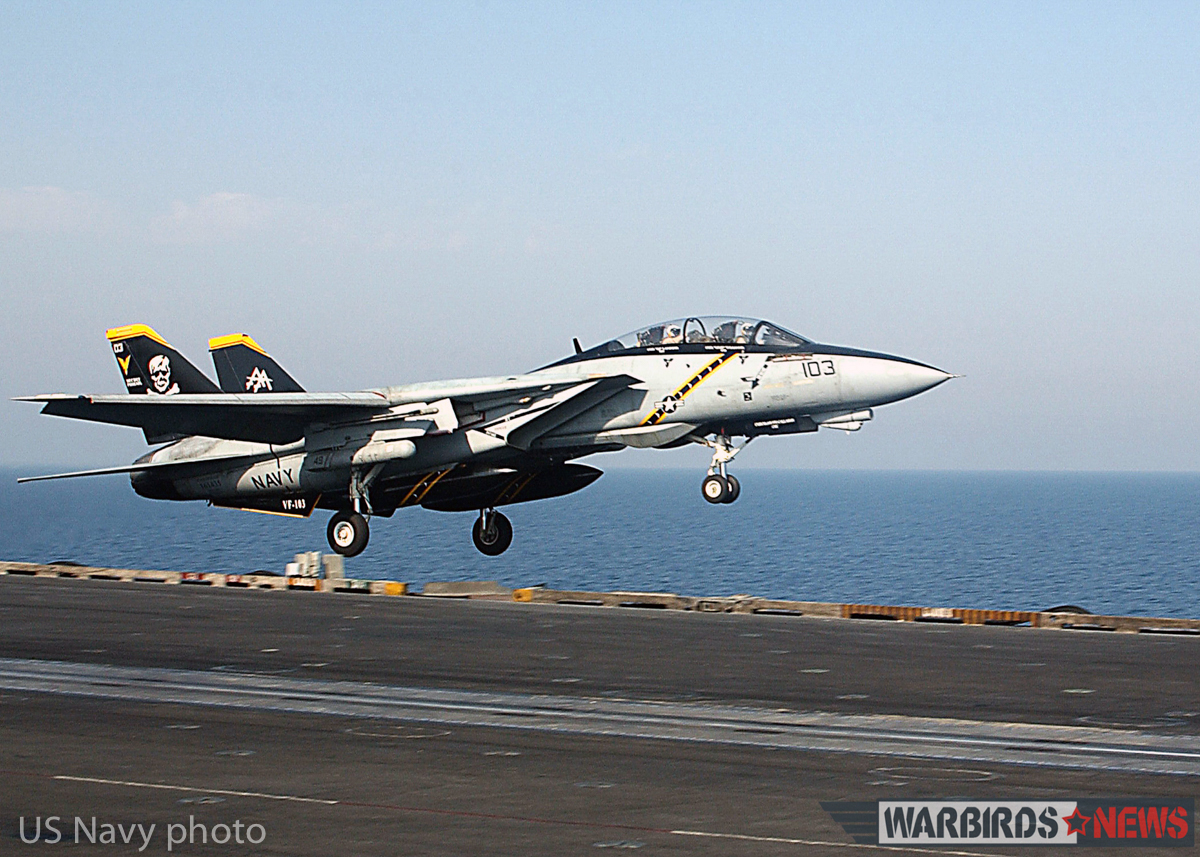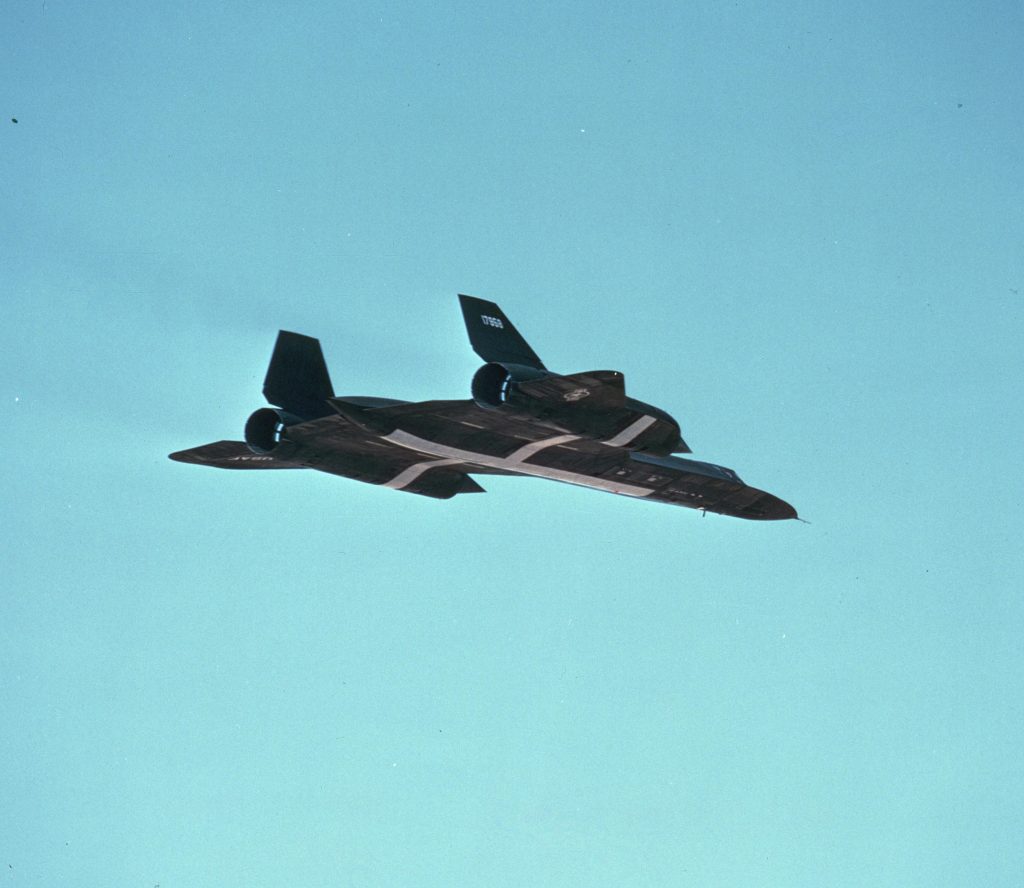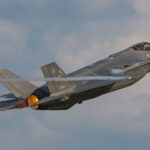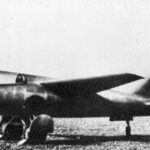“Vintage Aviation News staff did not write this article; the content comes via our partners who wish to help support our website.”
When we think about the environment and human-induced impacts on it, we often conjure up images of factories belching smoke or traffic-jammed cities. However, there’s another substantial contributor that is less frequently discussed—military aviation. The role of the military in environmental issues is a multi-faceted topic where national security intersects with environmental stewardship.
Imagine being a student tasked with an assignment on this complex topic. In such a case, you should definitely look for a reliable essay writing service to write essay for me. If you simply want to learn more about military aviation and its impact on the environment, this article aims to simplify the topic and provide a deep understanding of the environmental impacts associated with military aviation.
The Carbon Footprint of Military Aviation
Emissions from Military Aircraft
Military aircraft, like their civilian counterparts, contribute to carbon emissions, a significant driver of global climate change. However, their impact is typically larger due to the use of specific types of jet fuel and the often-inefficient engines of many military planes.
While exact figures can be elusive due to the classified nature of much military activity, it’s clear that these emissions contribute a substantial share of the aviation industry’s overall carbon footprint. From fighter jets to large transport planes, every sortie contributes to this impact.
The Impact of Sonic Booms
Sonic booms, the explosive sounds caused when aircraft fly faster than the speed of sound, can have unexpected environmental impacts. They can cause damage to buildings and other structures, disturb wildlife, and even affect human health with their shockwaves.
Though sonic booms aren’t a source of pollution in the traditional sense, their impacts on the environment and communities underscore the broad range of effects military aviation can have.
Ecological Consequences of Military Bases
Land and Habitat Disruption
Military bases, home to large fleets of aircraft, can have direct ecological impacts. The construction and maintenance of these bases often involve deforestation and land transformation, disrupting local ecosystems and species habitats. Moreover, noise pollution from frequent flights can disturb wildlife behavior and breeding patterns, leading to long-term effects on biodiversity.
In addition to direct habitat loss due to construction, military bases can introduce invasive species into the environment, either inadvertently or as part of their operations. These non-native species can outcompete local wildlife for resources, leading to decreased biodiversity and even the extinction of endemic species in some cases. Additionally, the land surrounding airfields is often kept clear of large vegetation, further affecting local habitats and species.
Pollution from Runways and Maintenance
Runways and maintenance facilities at military bases often contribute to water and soil pollution. Leaked fuel, oil, and other chemicals can contaminate local water sources and soil, affecting both wildlife and local communities. Efforts to minimize and clean up such pollution are ongoing, but the impact remains significant.
Apart from fuel and oil leaks, harmful substances can also enter the environment during routine maintenance operations. Cleaning agents, solvents, and other chemicals used to maintain and repair aircraft can end up in local soil and water if not properly managed. Moreover, fire training exercises often involve the use of foam containing per- and poly-fluoroalkyl substances (PFAS), which are extremely persistent in the environment and can have serious health impacts.
Reducing the Environmental Impact
Advancements in Technology
Thankfully, steps are being taken to reduce the environmental footprint of military aviation. Advancements in technology, such as more fuel-efficient engines and the use of alternative fuels, are starting to emerge. Some forces are even exploring the use of electric planes for certain applications.
Emerging technologies are also making operations less disruptive to wildlife. For instance, bird strike prevention technology can help to minimize the impact of military aviation on bird populations, reducing both environmental impact and flight risks. Furthermore, drone technology and other unmanned aerial vehicles (UAVs) can serve some of the functions traditionally carried out by larger, more polluting aircraft, presenting a potentially greener alternative.
Policy and Oversight
Increased policy oversight and environmental accountability can also make a significant difference. By incorporating environmental impact assessments into military planning and ensuring compliance with environmental regulations, military forces can work to minimize their impact.
Policy changes can also target the environmental footprint of military bases themselves. Incorporating green building principles into base construction and maintenance, managing waste more effectively, and taking steps to prevent the introduction of invasive species can all help reduce the ecological impact. Similarly, stronger regulations can be put in place to manage the use and disposal of harmful chemicals in maintenance operations. In this way, military forces can become better stewards of the lands they occupy.
Conclusion
The environmental impact of military aviation is a significant but often overlooked issue. Understanding this impact is the first step toward mitigating it, and it’s an area ripe for research, innovation, and policy action. Just as high school and college students might seek out the best assignment services to excel in their studies, it’s essential that military forces leverage technology, policy, and best practices to reduce their environmental footprint.
Like any complex problem, the intersection of military aviation and the environment requires a multi-faceted solution. It’s a challenge that demands our attention and action—for the sake of our planet and future generations.
“Vintage Aviation News staff did not write this article; the content comes via our partners who wish to help support our website.”

























